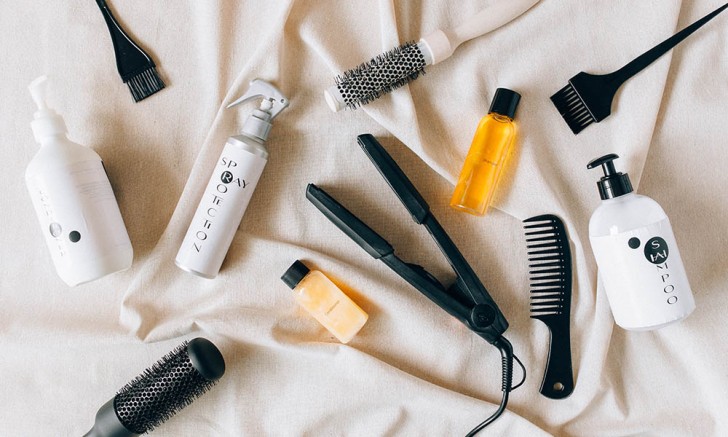Research conducted in the past decade has indicated that the use of chemical hair straighteners and comparable products can potentially increase the likelihood of uterine cancer, breast cancer, and other health concerns in women.
These products contain chemicals, such as formaldehyde, that are known carcinogens and can be harmful to one's health.
If you or a loved one has experienced health problems related to the use of these products, you may be eligible to file a Hair straightener cancer lawsuit. Fortunately, finding out if you qualify has become easier than ever.
Law firms, such as TorHoerman Law, have chat boxes on their website that can guide you through the process of determining eligibility and provide you with the information you need.
In this article, we'll explore the legal landscape surrounding these lawsuits, including their history, current status, and future implications.
The Beginning: The Link Between Hair Straighteners and Cancer
The first known instance of hair straighteners being linked to cancer dates back to the late 1990s. In 1998, the Environmental Working Group (EWG) conducted a study that found high levels of formaldehyde in many hair straightening products. Formaldehyde is a known carcinogen, meaning it has the potential to cause cancer.
Despite this alarming finding, hair straightening products continued to be sold without proper regulation. It wasn't until 2010 that the Occupational Safety and Health Administration (OSHA) recognized the potential danger of formaldehyde exposure from hair straighteners and issued a hazard alert.
What Does the New Studies Say
Recent studies have revealed the potential health risks of using hair straighteners and similar products. One such study, published in the Journal of the National Cancer Institute on October 17, 2022, used data from the Sister Study, which investigates risk factors for breast cancer and other health conditions in over 33,000 women.
Participants were asked about their use of various hair products, including hair dyes, straighteners, relaxers, and permanent or body waves.
According to the study, women who used hair straightening agents were nearly two times more likely to develop uterine cancer compared to those who did not use these products.
Additionally, those who used straighteners more frequently (over four times in the previous year) were at a higher risk of developing uterine cancer, about 2.5 times more likely than non-users.
The Lawsuits Begin: Victims Speak Out
In the years that followed, victims of hair straightener-related illnesses began to speak out, leading to a rise in lawsuits against manufacturers. Many of these lawsuits alleged that manufacturers failed to warn consumers of the potential risks associated with their products.
One notable case involved a woman named Brenda Schmitz, who developed leukemia after using a hair straightening product that contained formaldehyde. Schmitz sued the manufacturer, alleging that they knew their product was dangerous but failed to warn consumers.
The Current Status: Settlements and Regulations
As of 2021, several hair straightener manufacturers have faced lawsuits and settlements. One of the largest settlements to date involved a class-action lawsuit against Brazilian Blowout, which was ordered to pay $4.5 million in damages.
In addition to these settlements, regulatory agencies have taken action to protect consumers. In 2011, the FDA issued a warning letter to Brazilian Blowout, citing the presence of formaldehyde in their products. In 2016, California passed a law requiring manufacturers to disclose the presence of formaldehyde in their hair straightening products.
The Future: Implications for the Beauty Industry
The rise of hair straightener cancer lawsuits has had significant implications for the beauty industry. Many consumers have become more aware of the potential dangers of hair straightening products and are demanding safer alternatives. As a result, some manufacturers have begun to produce formaldehyde-free hair straighteners.
In addition, regulatory agencies are likely to continue to scrutinize the safety of hair straightening products. This could lead to more regulations and stricter enforcement of existing laws.
Conclusion: The Importance of Consumer Awareness
The rise of hair straightener cancer lawsuits highlights the importance of consumer awareness when it comes to beauty products. It's crucial for consumers to read product labels and do their research to ensure the products they're using are safe.
In addition, manufacturers have a responsibility to be transparent about the potential risks associated with their products.
While the legal landscape surrounding hair straighteners and cancer is still evolving, it's clear that the issue is not going away anytime soon. By staying informed and advocating for safer beauty products, consumers can play an important role in protecting their health and the health of others
 Editorial staff
Editorial staff

 Editorial staff
Editorial staff

